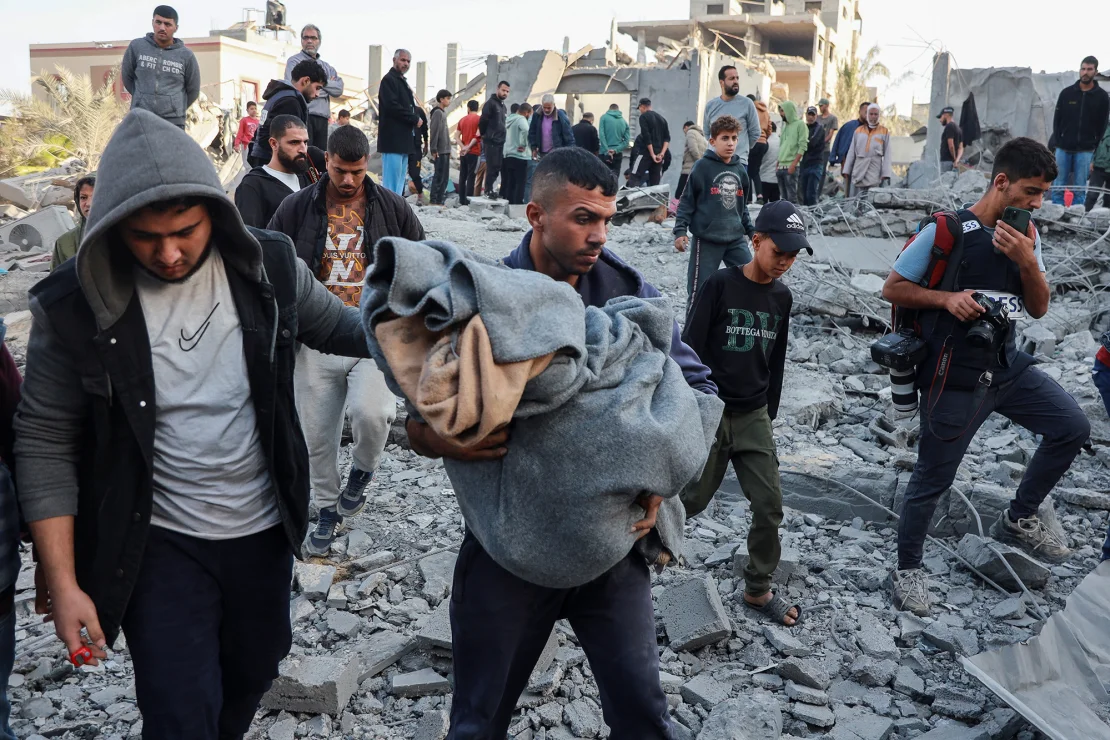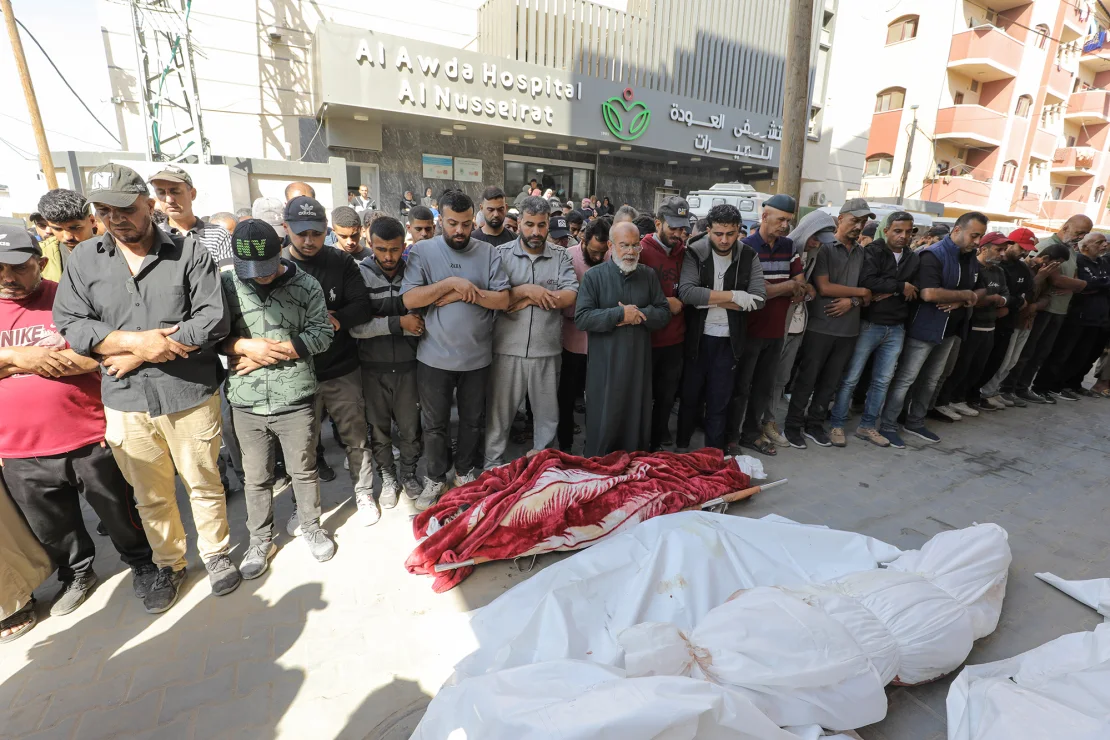An Israeli airstrike on a residential building in Jabalya, northern Gaza, has led to significant civilian casualties, killing at least 27 people, according to Gaza’s Civil Defense. The four-story home of the Mbahouh family, which was sheltering more than 50 displaced residents, was struck on Thursday, with some residents reportedly trapped in a lower-level warehouse during the attack.
Additional strikes on Thursday targeted the Al-Shati refugee camp in Gaza City and a school in Al-Rimal, killing at least four more people. The Israel Defense Forces (IDF) acknowledged the Al-Shati airstrike, alleging it was a Hamas command center, but did not provide details on the other strike.
The current Israeli military campaign in Gaza has heavily impacted the region’s infrastructure, reducing large parts of the territory to rubble and leaving many areas uninhabitable. Following Hamas-led attacks on Israel on October 7, the Israeli forces intensified their actions, including aerial and ground assaults, particularly in areas with high population density like Jabalya.
Gaza’s Ministry of Health reports that since the escalation began, over 43,000 Palestinians have died, and more than 100,000 have been injured. International human rights groups are voicing grave concerns, describing survival conditions in Gaza as “apocalyptic,” particularly as resources dwindle and civilian evacuations continue.

Israeli Airstrike on Gaza’s Jabalya Leaves 27 Dead Amid Intensifying Civilian Casualties and Displacement
In addition to Jabalya, the area of Beit Lahiya in northern Gaza has witnessed multiple strikes resulting in further casualties. Local journalists report that a residential building in Beit Lahiya was bombed, killing six people, and another nearby strike claimed six additional lives.
A separate drone strike in Beit Lahiya killed four more people. Medical personnel describe the situation as dire; Dr. Marwan Al-Hams, head of Gaza’s field hospitals, noted that three hospitals in the north are now out of service, preventing critical medical care.
Among the displaced are humanitarian workers like Mahmoud Shalabi of Medical Aid for Palestinians (MAP), who shared with CNN that he and his family have had to flee their homes multiple times since October, moving from northern Gaza to Gaza City.
Shalabi recounted the psychological toll on his children, who keep asking when they can go home, while he himself expressed uncertainty over the state of their residence. He described the forced displacement as a “new Nakba,” emphasizing the hardship of continuously being uprooted and his desire to remain in Gaza to “live a dignified life.”
Further south, in the Rafah area, Israeli airstrikes continue to cause fatalities. The Palestine Red Crescent confirmed that a recent drone strike east of Rafah killed five people, four of whom were from the same family. Separate strikes from an Israeli quadcopter in central Gaza resulted in two additional deaths. The IDF maintains that their operations across Gaza aim to dismantle Hamas “terrorist infrastructure” and continue to issue evacuation orders for residents in affected areas, citing safety concerns due to active combat zones.











































